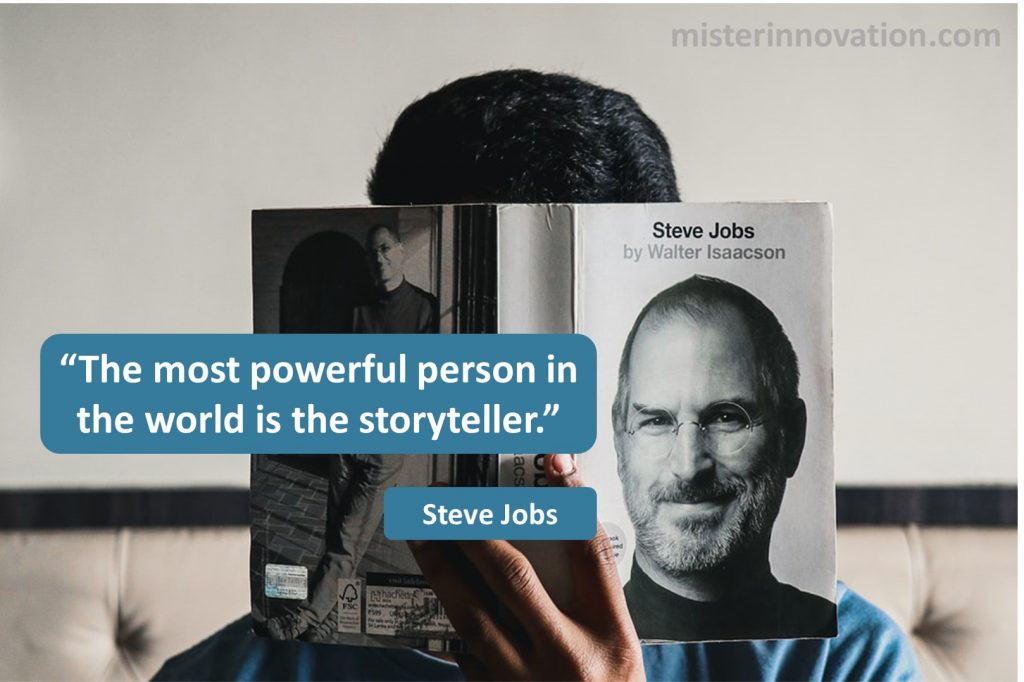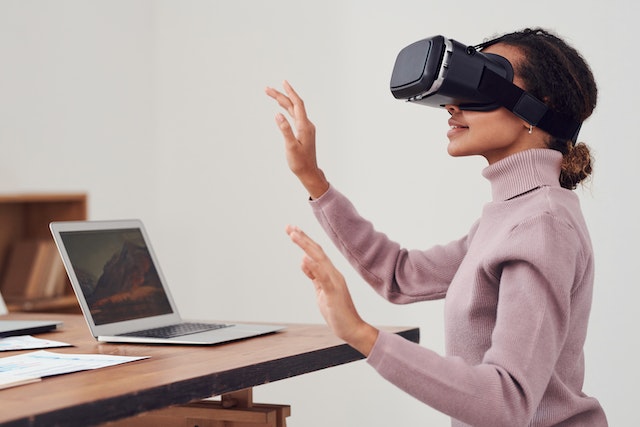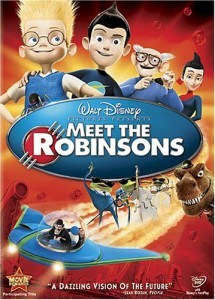
GUEST POST from Chateau G Pato
In today’s rapidly evolving business landscape, service industries are constantly seeking ways to differentiate themselves and stay ahead of the competition. One approach that has gained traction in recent years is the use of design thinking as a tool for driving breakthrough innovation. By putting the end-user at the center of the design process, companies can create truly customer-centric solutions that meet the needs and desires of their target market.
Design thinking is a human-centered approach to innovation that involves empathizing with the end-user, defining the problem, ideating potential solutions, prototyping, and testing those ideas with real users. By following this iterative process, companies can uncover deep insights about their customers’ pain points and preferences, leading to breakthrough innovations that drive business growth.
Two case studies exemplify the power of design thinking in driving breakthrough innovation in service industries:
Case Study 1: Airbnb
Founded in 2008, Airbnb disrupted the hospitality industry by providing a platform that connects travelers with unique and personalized accommodations. By using design thinking principles, Airbnb was able to deeply understand the needs and desires of both hosts and guests.
Through interviews and observations, Airbnb’s design team discovered that many travelers were seeking authentic, local experiences rather than cookie-cutter hotel rooms. This insight led to the creation of a platform that allows hosts to offer their homes as accommodations, giving travelers a more personal and unique experience.
By putting the end-user at the center of their design process, Airbnb was able to create a breakthrough innovation that has reshaped the way people travel and experience new places.
Case Study 2: Disney Parks
Disney Parks is known for providing an immersive and magical experience for its guests. To maintain this high level of customer satisfaction, Disney has embraced design thinking as a tool for continuous innovation.
One way Disney has used design thinking is through its FastPass+ system, which allows guests to reserve ride times in advance, reducing wait times and enhancing the overall park experience. By focusing on the needs and preferences of park guests, Disney was able to create a system that improves the customer experience and drives guest satisfaction.
By incorporating design thinking into their innovation process, Disney Parks continues to deliver breakthrough innovations that delight and captivate their guests.
Conclusion
Design thinking is a powerful tool for driving breakthrough innovation in service industries. By empathizing with customers, defining their needs, and prototyping solutions, companies can create truly customer-centric products and services that set them apart from the competition. The case studies of Airbnb and Disney Parks demonstrate the transformative impact of design thinking in driving innovation and delivering exceptional customer experiences. By embracing design thinking, service industries can unlock new opportunities for growth and success in today’s competitive market.
SPECIAL BONUS: The very best change planners use a visual, collaborative approach to create their deliverables. A methodology and tools like those in Change Planning Toolkit™ can empower anyone to become great change planners themselves.
Image credit: Pexels
![]() Sign up here to get Human-Centered Change & Innovation Weekly delivered to your inbox every week.
Sign up here to get Human-Centered Change & Innovation Weekly delivered to your inbox every week.


 by Braden Kelley
by Braden Kelley